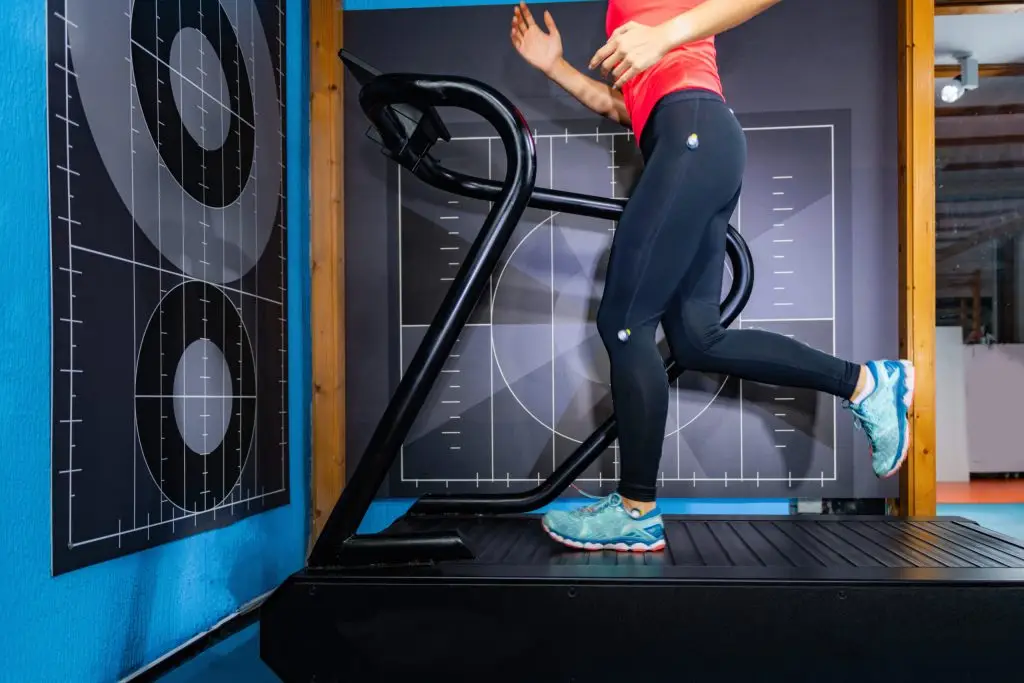Running is one of the most accessible forms of exercise, requiring no gym memberships or fancy equipment—just a pair of shoes and a willingness to get started. But for those passionate about running, it becomes much more than just a means to stay fit. It’s about efficiency, progress, and finding the joy in every perfect stride.
But just because it’s easy to get started doesn’t mean it’s easy to keep improving. Improving your running technique provides many benefits beyond reducing your mile time. It’s about running smarter with fewer injuries, less fatigue, and more satisfaction.
What makes a good running technique?
Although you can probably guess, there’s no “perfect” running technique that everyone should be striving for. Instead, think about the times you’ve felt really good while running, or maybe about what’s hard about your current habit.
The right running technique for you will have a few noticeable characteristics:
- Sustainability – A good running technique allows you to maintain your stride throughout a run and keep your running schedule consistent. Not everyone feels that their lungs or legs are going to keep them moving at the pace they’d like to be improving.
- Injury prevention – Proper form helps protect your joints and muscles, reducing the risk of common issues like shin splints, IT band syndrome, and plantar fasciitis.
- Improved speed and efficiency – Efficient runners can cover more distance while using less energy. This means better performance without additional strain on your body.
- Streamlined recovery – A solid technique can reduce post-run soreness and improve recovery, letting you bounce back faster in the hours and days after a run.
There are as many ways to go about this as there are runners in the world. Learn how you can practice safe, sustainable techniques that are right for you, your fitness level, your normal terrain, and your goals from running by scheduling a running assessment at Therapydia.
3 keys to running gait improvement
Since everyone’s body works differently, there’s no “perfect” or even “normal” gait that works for everyone. The good news is that if you’re not satisfied with how your runs feel right now, there are a few simple things to adjust or pay attention to that can make a real difference over the miles to come:
Strive for the ideal cadence
Cadence refers to the number of steps you take per minute and is a key factor in determining your running efficiency. A common goal for many runners is a cadence of around 170–180 steps per minute, but this depends on factors like leg length, fitness level, and flexibility.
Your cadence is directly related to your stride length, and many new runners tend to have longer strides than is necessary. With shorter strides and higher cadence (more steps per minute), you’ll reduce the risk of over-extending your legs, which can strain your joints and lead to injuries.
Taking more steps with shorter strides is a simple habit to reduce injuries and explore what feels most efficient for your fitness level.
Target the right part of your feet
How your foot lands on the ground can tell a lot about your stride mechanics. Do you tend to put excessive pressure on your heels? Or maybe one side of your shoe wears out much faster than the other? These imbalances can cause inefficiency and injuries over time.
The research is mixed on whether there’s a “good” part of your foot to be landing on at all times, especially considering the different goals of different runners (e.g., marathoners vs. sprinters). It’s possible that landing on either the balls of your feet or your heels are equally likely to result in injury, but to different areas of the legs.
Perhaps more important than whether you should be running on the front or back of your foot is whether you’re landing with both feet aligned; plenty of overuse injuries of the knees, hips, and even spine can arise when one or both feet are tilted inward or outward while you run dozens of miles per month. A running gait analysis can ensure you’re running symmetrically and can help identify imbalances before they become chronic pain points.
Balance your strength training
Running is itself a form of strength training, but everyone who’s gotten shin splints, side stitches, or just extremely sore calves knows that when your leg and core muscles don’t have the same strength or endurance, the consequences can be painful.
Consider alternating run days with workouts designed to strengthen core muscles, back muscles, and even your arms. Core and upper body strength is key to keeping your posture stable while you run, which in turn prevents injuries and makes your running more efficient.
Personalized running gait training by Therapydia
Whether you’re lacing up for your first race or feel like you’ve hit a plateau in your running performance, the expert guidance of our running therapists can make all the difference. Therapydia’s performance physical therapists can help you identify exactly what can be improved with a personalized running gait analysis and recommendations to help you fine-tune your form and enjoy your runs.
Learn more about how you can heal from running pain and prevent future injuries by calling one of our clinics near you or by scheduling an appointment online today.
